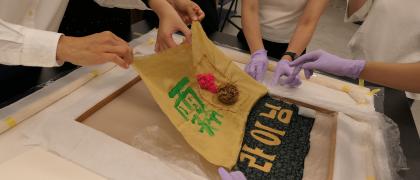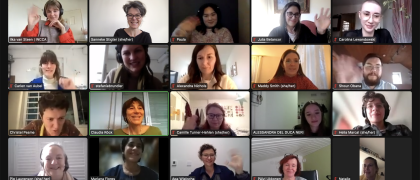
INCCA members are dedicated to developing, sharing and preserving knowledge needed for the conservation of modern and contemporary art. INCCA is a network of like-minded professionals connected to the conservation of modern and contemporary art.


INCCA Korea 현대회화 미스트 라이닝 워크샵 후기 - INCCA Korea Mist-Lining Workshop for Contemporary Paintings Held

An Indispensable New Reference on Plastics for Conservation Professionals
Event
2022 VIRTUAL SARBICA INTERNATIONAL SYMPOSIUM, 15-17 NOVEMBER 2022
Newsletter Issue
INCCA Newsletter: August 2022

INCCA Korea's Mist-lining Workshop for Contemporary Paintings

Recap: INCCA Café with M+ Museum
Event
Conference Announcement - Reshaping the Collectible: Learning Through Change

OPEN POSITION: Conservator, Contemporary Art (Regular Full-Time), The Art Gallery of Ontario

Call for Submissions: Metropolitan Museum Journal
Newsletter Issue
INCCA Newsletter: July 2022
